…both for Leica, and for me personally.
The first time I saw a picture of the Leica M9 (I think it was on Luminous Landscape) I couldn’t believe this was a contemporary digital device. It matched the common design concept of the Far Eastern competition in the same way that a Jaguar E-Type matches a VW Golf. I decided then and there that I would never be able to do anything with this thing.
Doubt
And, then, when I looked at the €5,500 price tag, I frowned and wondered how crazy you had to be to spend that on a camera (just the body). Furthermore, the lenses had such funny names. How should you take this seriously?

Well, something must have happened; otherwise we wouldn’t be meeting on this website today. The Leica M9 was presented in September 2009 (on 09/09/09 of course, when else?) and was enthusiastically received by those in the know, among whose ranks I rated more Golf than E-Type.
I was clueless because I had always been an SLR user. As a teenager in the 1970s, my grandfather (who was a baker but also an amateur photographer since the 1930s) gave me a Cosina CSM, with which I was happy with until the early 1990s. Then I switched to a Minolta Dynax. This in turn lasted me until after the turn of the millennium.

Digital dawn
I traded in the Dynax (how stupid can one be?) for my first digital camera (a really “crappy” Rollei. It was bad… it traduced the good name of a respected brand). I realised that I also needed a digital SLR, and from then on, I began to scale the Canon ladder. By 2010, I had worked my way through the three and two digital EOS bodies to the pinnacle of the 5D Mark II.
It was undeniably stupid (despite the facts of Moore’s Law) to burn that number of bodies after getting through almost thirty analogue years with just two cameras. Furthermore, I had now visited the relevant websites of a DSLR user and thought I was really smart. Perhaps, at the time, too smart for my own good.
But I had already hit the Dunning-Kruger effect hard. What I didn’t know about photography at the time could have filled libraries. Probably still today, but you can perhaps save yourself a few shelves.
On the scene
Almost to spite the gods, I then turned to this strange, archaic-looking camera. Most of my reservations were overlooked in my first flush of enthusiasm. If someone like Michael Reichmann was dealing with it, there had to be something to it. Through his report on a trip to Solms in August 2009, I met a few other important figures on the scene: Sean Reid, David Farkas (of Leica Store Miami) and Phil Askey (of DPReview). They were allowed to test the P864 (the codename of the Leica M9, “P” for project and 864 is the product of 24×36).
During my internet journey, I also came across Jono Slack relatively quickly. To this day, he is one of the most important testers for Leica products for me. I soaked up everything they had to say about the M9 and was fascinated. All that represented rangefinder photography, which was unknown to me, and the (almost) fully manual concept of the Leica M9 awakened a desire that I had repressed since the analogue days. Above all, the return to greater simplicity and control over the image creation process fascinated me immensely.
Leica web personae in 2010
What was happening on the Internet in 2010 is actually the Internet Neolithic, but some players are still present today. Back then, when you searched for content covering the Leica M9, you quickly found opinionated personalities such Ken Rockwell (who was really into the Leica trip at the time). His reviews left no room for doubt about his opinions and, above all, no room for things that might be a matter of opinion. Not to mention photos of dubious taste. Today, that’s a collection worth a million sales, so he must be doing something right.
Steve Huff accompanied a Seal tour with the M9, really atmospheric recordings. He also has a penchant for “over the top” views of cameras (“the best camera ever! I’m falling in love with photography all over again! …amazing! …love it! …adore it!”), but he had plenty of interesting reports from guest authors on his website, often on M9 topics.
At the time, I couldn’t miss the coverage from Thorsten Overgaard who had a lot to say about the M9. The site hasn’t changed much to this day, remaining rather eclectic and difficult to navigate. It has more rabbit holes to descend than Farmer Giles’s carrot patch. Yet, there is something weirdly fascinating about the site, as though it were an infomercial written by a Leica-engineered bot.

Leicaphilia
For many years, Leicaphilia was a reference point to ground myself in the face of excessive Leica hype. Unfortunately, Timothy Vanderveert died in July 2023, but his website is still there and worth reading. He was an incredibly complex and well-educated personality, and he commands the utmost respect from me.
Erwin Puts (who died in 2021) hosted a mass of interesting information about Leica glass and cameras. Undoubtedly, a treasure trove. But again, Timothy Vanderveert: “The perfect site for Leica techno geeks. Puts is obviously a bright, knowledgeable man who loves his Leicas and knows a ton about them. Reading the site, however, is about as interesting as reading the manual that comes along with your Canon Rebel”.
Photographers such as Nick Rains, Mark Dubovoy, Erik Kim, Paul Ripke and Ming Thein worked with Leica and contributed a lot to the image that presented itself to me of the brand and the M9 in particular.
The Leica M9: What’s so special?
I recently read an interview with Leica’s Stefan Daniel, in which he explained how the Leica Q works for many as a kind of “gateway drug” into the M or L system. It wasn’t like that back then.
There was no other full-frame “mirrorless” camera on the market at all; everyone else had smaller sensors. The fact that Leica had managed to fit a sensor of this size into such a compact housing and also produce first-class image quality was a top engineering achievement and a wake-up call for the competition.
Leica’s tiny market share at the time was disproportionate to its influence on the industry. The appearance of the Leica M9, and soon after the Sony A7, initiated the slow displacement of DSLRs that we see today. Evolution, “survival of the fittest”. The large SLRs are the dinosaurs, while the mirrorless cameras are the small mammals with the selection advantage.
The M9’s predecessor, the M8, was and still is a usable camera for many. But it suffered from various incurable childhood diseases. The Leica M9 eliminated most of them. The most important thing: The UV blocking filters in front of the lenses (which were necessary for the M8 because the filter in front of the sensor was too weak) could be dispensed with. And since the new sensor had a 35mm format, there were no longer any crop factors to bother about.
Enter full frame
All lenses again showed the usual image angle of the analogue M cameras and used the entire area of the optics. This was achieved by a micro-lens system in front of the sensor, which served to direct the extremely oblique incident rays in the edge area into the pixel wells. That’s why to this day, it’s still a big compromise to put rangefinder lenses with focal lengths of, say, wider than 40mm, in front of non-Leica full-format bodies. After all, why should third-party manufacturers optimise their products for Leica? (Author’s note: The Ricoh GXR with Mount A12 was optimised for M connection, but not FF)
Other things made life easier for the user: non-coded lenses could now be entered manually. The display was better (well, still a long way to go before it was finally usable when the M10 arrived…), an ISO button made access to settings quicker and the ISO sensitivity was better than on the M8, although not comparable to the competition.

Clear view, high resolution
Furthermore, the Leica engineers declared the AA or moiré filter to be a superfluous accessory (as they had done already with the M8). And since such a (low-pass, or moiré) filter does nothing besides create a slight blur, with the M9 it was as if the curtains had been drawn from the window. Clear view with the highest possible resolution. This filter was commonly found in all mainstream DSLRs in 2010. Authors such as Sean Reid (here his article “The Naked Sensor” from 2012) strongly advocated the disappearance of this component. Here, too, we see today the development that was initiated by Leica.
In September 2010, Fujifilm presented the “Fujifilm FinePix X100” at Photokina. It stole the show. Fujifilm also decided to remove the moiré filter, and you don’t have to think long about who was behind the design of the camera. Some Leica board member said at the time, “They are copying us again, that’s a good sign.”
But this is not to diminish the achievements of Fuji engineers. The hybrid viewfinder in particular was a groundbreaking new technology. Later, the Leica Q took over the job, but even today I would immediately go for the X100IV if it weren’t for the Q3 (which is in a different league).

Ultimately, the Leica M9 was the first camera that made a real digital successor to the analogue M7 possible. It was without compromise, and was celebrated accordingly in the Leica world. In Michael Reichmann’s words: “Simply put, the Leica M9 is the smallest and lightest full-frame 35mm camera available. Combine Leica’s unquestionably world-class lenses with a next-generation Kodak CCD sensor featuring large pixels and no AA filter, and you end up with a camera capable of producing exceptional image quality along with shooting style discretion and mobility.
Michael Reichmann, September 2009
The Leica M9 was a niche product, but sold so well that Leica’s existence as a company was secured (and that had been a balancing act more than once before). The economic success made the construction of Leitz Park viable and the success seems to continue to this day, in contrast to losses in much of the camera industry.
Beyond rhyme or reason
To this day, I don’t know whether it might have been wiser to apply cold compresses and the occasional electric shock shortly after my initial exposure to the Leica virus. The acute attack of GAS that my rangefinder research sent me into could probably only be controlled with a cyanide capsule anyway, and that was too final for me.
I had also installed all the capsules I still had into agent teeth. Douglas Adams describes the effect of the “Pangalactic Gargle Blaster” (the popular cocktail in space) like a robbery: expensive and bad for the head. Or like having your brains threshed out of your skull with a gold bar covered in lemon slices. The effect of the package that arrived from Berlin soon afterwards was similar. The sender was a small shop on Fasanenstrasse, just off Berlin’s iconic Kurfürstendamm.
Everything I had previously learned about the Leica M9 could not have prepared me for the culture shock that lurked within. I was so sure of myself that I had ordered the camera without ever holding it in my hand. Unboxing was still something very private. When I took the body out and inspected it, there were almost “vibrations” in the manufacturing quality that I was so unprepared for. If I had ever encountered an analogue M before, the effect of this first encounter with the M9 might not have been so great a Zeitenwende. But, as it was, it sent me into paroxysmal aphasia. In plain English, I was at a loss for words.
The lens arrives
I ordered a 50mm Canadian-made Summicron (which I still like to use today, it’s razor-sharp even on the M11). A quick turn and the M bayonet clicked. The defined locking of the aperture ring, the damping of the spacer ring, buttons, rocker switch and thumb wheel on the camera together resulted in the finest haptic feedback. The viewfinder was large and much brighter than I was used to on SLRs.
My euphoria reached a temporary peak when I opened the DNGs of the first test shots in Lightroom. The performance of the M9’s CCD sensor was later often maligned and ridiculed, but when combined with Leica glass, it delivered image quality that clearly exceeded what I knew from Canon L-glass and the Mark II. In addition, for the first time, I encountered the phenomenon that a camera with a smaller pixel count can achieve a higher resolution than one with nominally more pixels. The fact that something like that was possible was beyond my comprehension at the time.

Sensor myths
There is one myth I cannot confirm about the CCD sensor: namely that it creates a film-like look of its own accord. This is more due to the lenses, and image files from the M240, M10 or M11 can have the same effect. But as far as the DNGs of the M9 are concerned, they are already quite rich in contrast “out of camera”, they have “punch”, and you have to prise that out of the “flatter” DNGs of the successor models. That said, the “flat” does leave more room for editing.
Although today I’m spoiled by the dynamics of the M11 DNG’s (and the M10’s are already excellent), you could achieve a lot with the M9 if you knew what you were doing. In other words, I was able to handle histograms and exposure compensation flexibly.
Bye, bye, DSLR
Claims that you can take better pictures with a Leica are rightly met with disdain. That’s also nonsense. But the M9 got me thinking more about the creative process again after years of falling into a kind of digital apathy. I internalised image composition in the viewfinder frame and focusing with the measuring field in a very short time.
It had been a long time since I had a lens with an aperture ring, and I loved using it, especially opening it wide. The quality of the fast lenses more than compensated for the camera’s moderate high-ISO capabilities. From ISO 2000 onwards, significant compromises had to be made. Later I learned to just not go beyond ISO 640 and to crank up the DNGs in LR. It resulted in less noise. The low-light properties of the M9 were better than those of the Mark II despite poorer ISO capabilities because longer hand-held exposure times were possible without mirror flip.
The “antiquated” exposure metering method of the M9 with the measuring cell in the housing and the reflective shutter blades (like the M6 and M7) worked wonderfully if you took the trouble to think for yourself and measure in the right place depending on the dynamics of the subject. To save, recompose and release the exposure by half pressing the shutter button. At this point, I can’t help but emphasise once again what a gigantic wrong decision it was to forego this exposure method with the M11.
The shutter… was quiet, unfortunately the following noise was not. It sounded like a robot with indigestion. Fortunately, you could delay the din if necessary by holding down the shutter button and putting the camera under your jacket, for example. This made it easier to use in quiet environments (classical concerts) than contemporary DSLRs. I remember once photographing a music event and a reporter from the daily newspaper was there too.
The Canon he had was loud enough, but moreover, the autofocus beeped triumphantly every time it found something. I asked him about it, and he was quite understanding, but sheepishly admitted that he didn’t know where to turn off the sound. I could tell him (I knew Canon well), but that brings me to another achievement of the M9. In contrast to the labyrinthine branches into various submenus of Far Eastern competitors, the M9 is “straightforward”. You scroll down once and you’ve seen everything.
Setbacks
There were also setbacks. No more live view, a CCD sensor doesn’t provide that. The monitor was so-so, it was good for checking the image composition, but you couldn’t use it to determine whether the focus was actually right. At least you could call up an RGB histogram, something Leica hasn’t been able to do with its successors to this day (despite Sean Reid’s constant admonitions). Occasionally, the camera would freeze, but it could be solved by briefly removing the battery. The freezing thing remained like a running joke, even until the M11. I just had it again yesterday. Battery out, battery back in… take a deep breath…
And despite the limitations that the camera imposed on me (no Live View, forget about long focal lengths or a sensible macro mode, the viewfinder frames not being pixel-accurate), working with the M9 gave me a creative boost. The camera practically begged to be taken with me all the time; activating the trigger probably released serotonin.
There is no other way to explain why I fell head over heels for rangefinder photography. The M9 had to go everywhere and had to endure a lot. Hiking, mountaineering, canoeing, skiing holidays, racing bikes. At least my device went along with everything and didn’t need any service, not even the rangefinder needed to be readjusted. If necessary, I cleaned the sensor myself (a dentist has the ideal equipment for this in his practice). I sold my Canon equipment a few months later because I hadn’t even touched it since the M9 arrived.

Corrosion
In 2013, the infamous sensor corrosion also became noticeable on my camera. Actually, it was the cover glass over the sensor that corroded. The result remained the same: the DNGs looked like the surface of the moon. That was quite a catastrophe for Leica and, especially given the quality standards, it caused glee among those who always considered Leica to be overpriced junk.
Leica couldn’t escape the backlash, but instead launched a free sensor exchange program that ran until 2020. Essentially, this continued as long as Kodak produced the CCD sensor. However, there is a special company “Kolari” that can replace the glass in front of the sensor (which has the actual corrosion problem, not the sensor itself). Of course, this costs money. Seen from this perspective, you can’t say “hands off the M9”, especially since those with later production sensors no longer had the problem. You can buy all M9s where you are sure the sensor was replaced after September 2015 and which comes with Leica certification.
Included in the price: The prejudices and clichés
I didn’t realize that as a dentist buying a Leica, I was fulfilling a fatal stereotype. More than once I read someone remark with derision, “it’s a dentist’s camera.” What this means: The overpriced toy of an overpaid dilettante, not worthy of a “real” photographer. Then I silently asked myself, “So? What have you learned apart from holding a small black box?” Over the years, I have met many people who also have demanding jobs and are passionate (hobby) photographers, without anyone putting them down for it. Except maybe when you use a Leica…
There are a few small-minded brand fetishists who can neither stand nor understand that people exist who don’t want to work with feature-loaded, image-generating computers, but rather in a decelerated and manual manner. It’s a well-honed mixture of intolerance, know-it-all attitude (“my camera can do much better, for half the price”) and ignorance. Because those who criticise the most have often never held a Leica in their hands. A splash of social envy is also not uncommon. Someone with a Leica is a “showcase photographer” and just wears the thing to show off.
And these snobs really do exist, as with every cliché, there are always some who exemplify it. Leica itself promotes this image with special models that serve a specific target group in the luxury segment. In an interview with Stefan Daniel, Kevin Raber called Leica a “luxury brand” and was countered: Leica is not a luxury brand, but a premium brand and the subtle difference is that the prices of the products are calculated according to their production costs. As long as he believes that himself…
In real life, the Leica M (whatever it is) has completely failed as a status symbol for me. Most people don’t know the value of the camera, they just see an antiquarian-looking device that generates a positive emotional reaction from them. No wonder, the “Gestalt” is like the archetype of a camera. Every “camera” icon looks like this.
The creation of the rangefinder world
Shortly before I fell under Leica’s spell, I had launched a website that served purely local purposes. I had a landscape calendar for my home town of Vlotho with my pictures in the local bookshop, which sold well. The proceeds went to support a support an association for church music, which I have chaired for more than 20 years.
I needed an online platform for pictures and the club, so I created a homepage using iWeb. Shortly afterwards I warmed up to the M9, the ghost of Oskar Barnack appeared to me in a dream… okay, or not, at least I felt called to give my newfound knowledge a platform: A fresh tab for a blog on the homepage was called “Rangefinder World”. There I showed everything the M9 could do and wrote the “making of” for each one.
In 2012, I started taking analogue photographs again, with an M2 and M3. Without the M9, I would never have thought of the possibility.
Conclusion
There is the science fiction concept of the Multiverse, which splits whenever an event occurs or not. I would hate to have ended up in one where I was never to become aware of the M9. On the one hand, because of the pictures that it made possible for me, and on the other hand because I had so many interesting and great encounters through rangefinder photography and the website and met many like-minded people and friends.
Thanks, M9.
This article was written and completed in Maussane les Alpilles, May 2024
Dieser Artikel ist ursprünglich auf Deutsch bei Messsucherwelt erschienen und kann hier gefunden werden
Read more articles by Claus Sassenberg
With the M9 into the Middle Ages
The Leica M9 at its 10th birthday
Latest news on the sensor corrosion issue
Want to contribute an article to Macfilos? It’s easy. Just click the “Write for Us” button. We’ll help with the writing and guide you through the process.

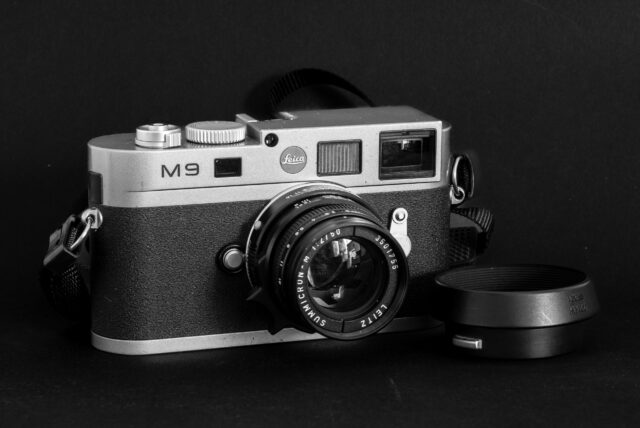
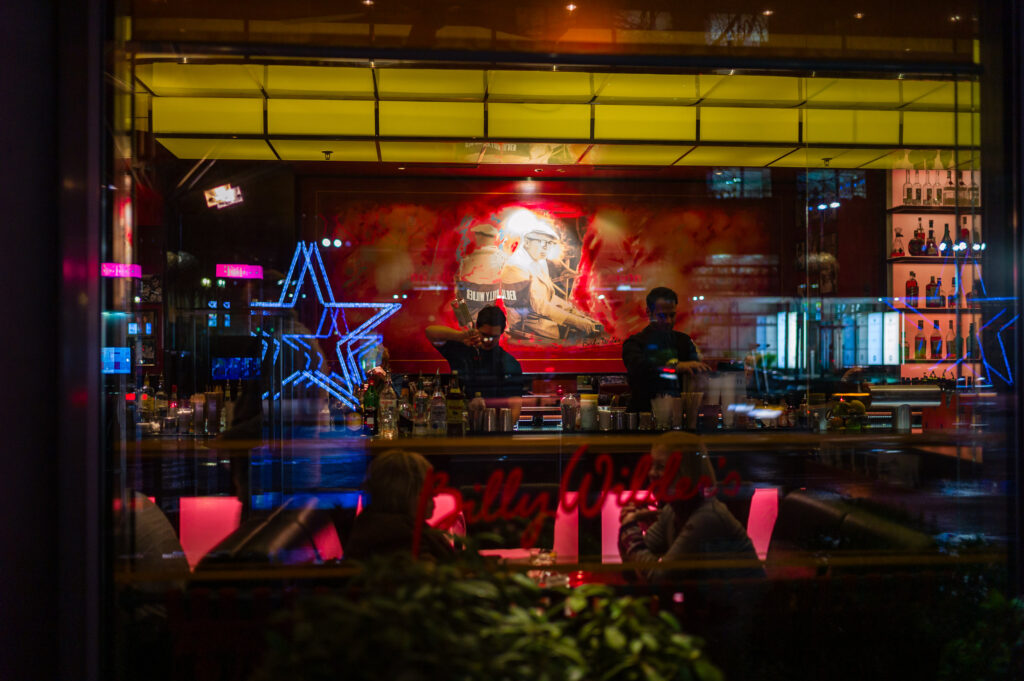
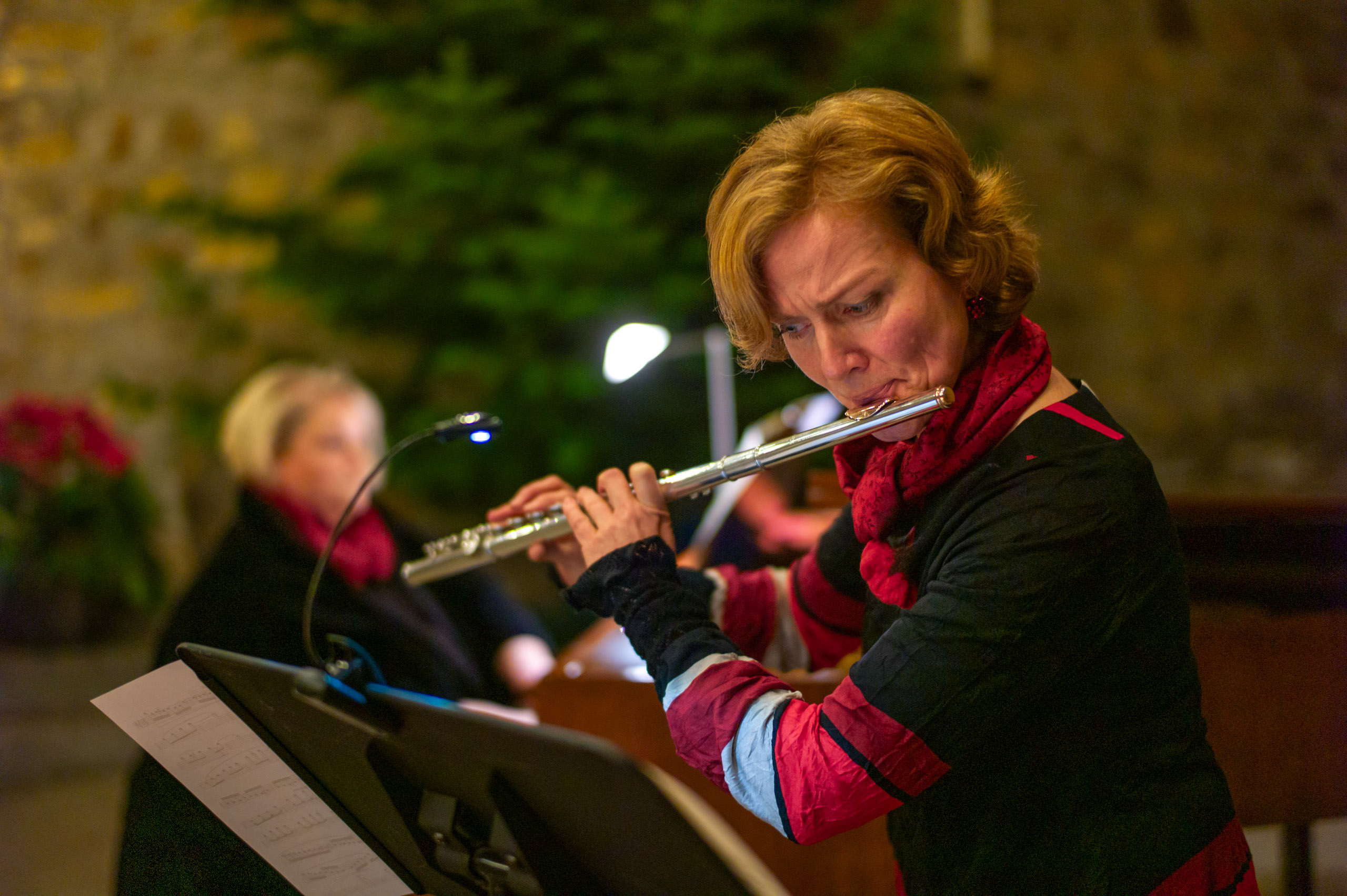
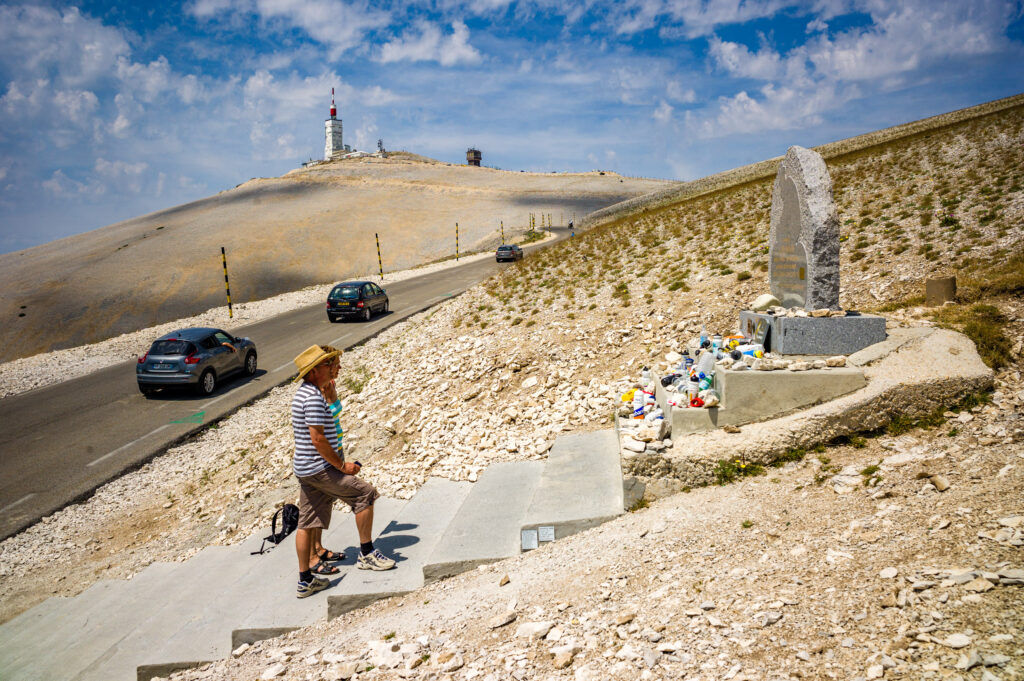


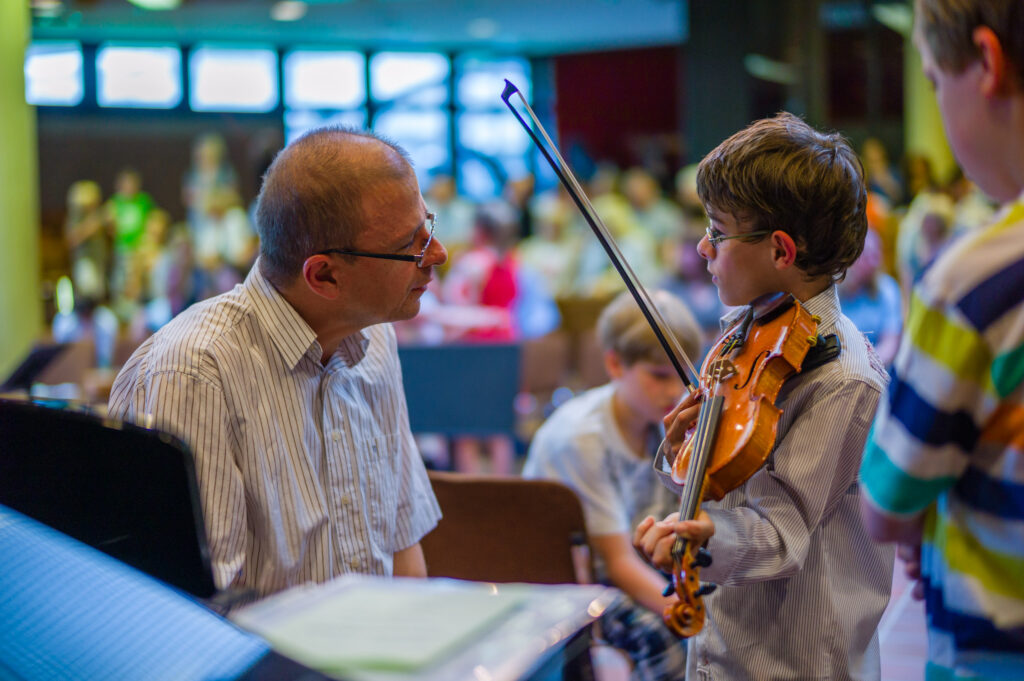


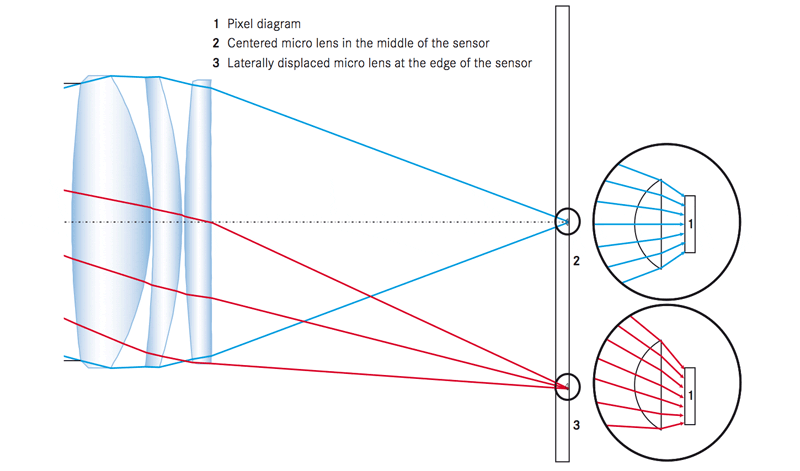
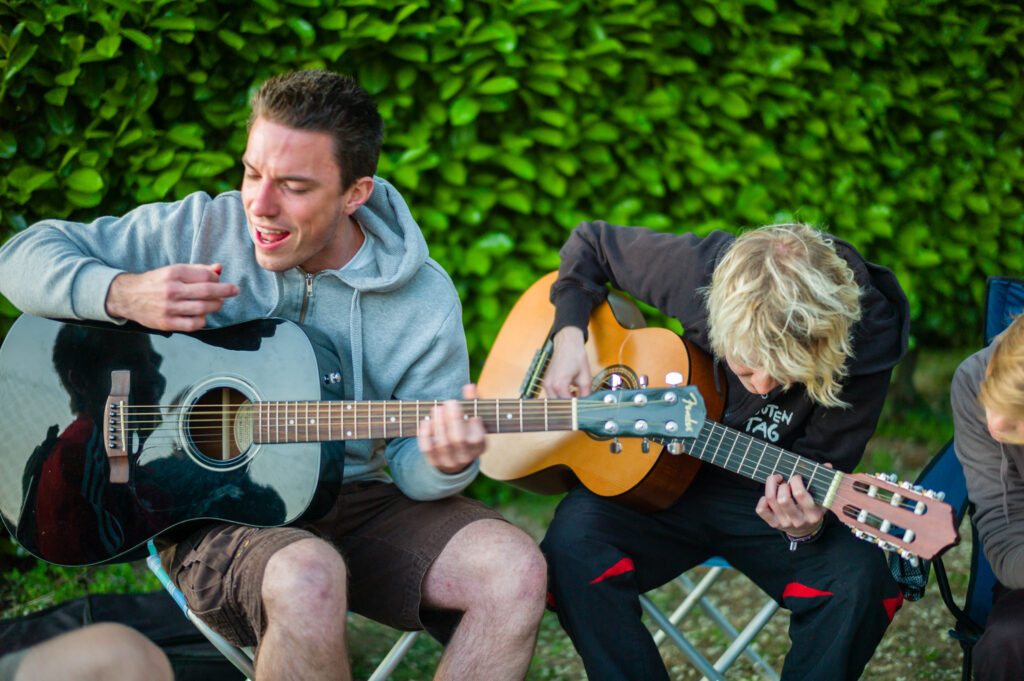
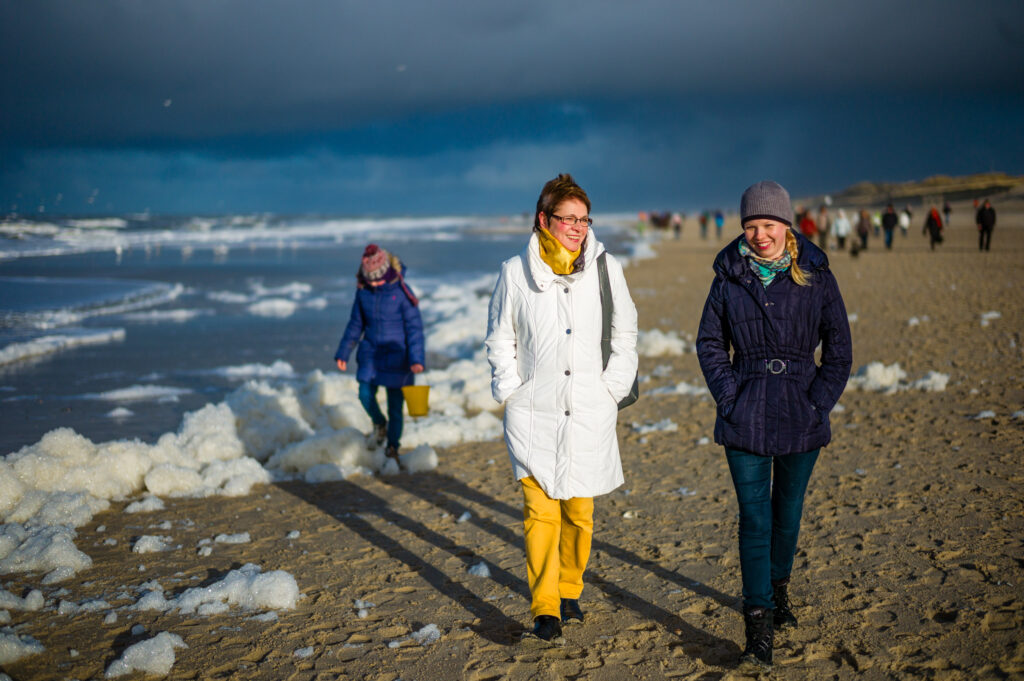
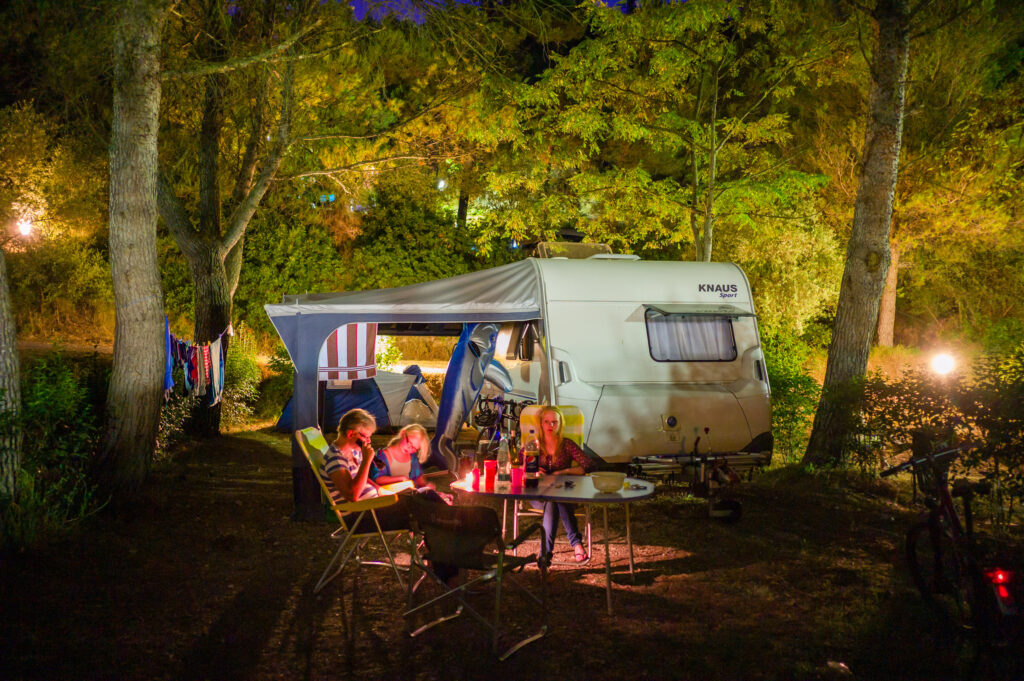
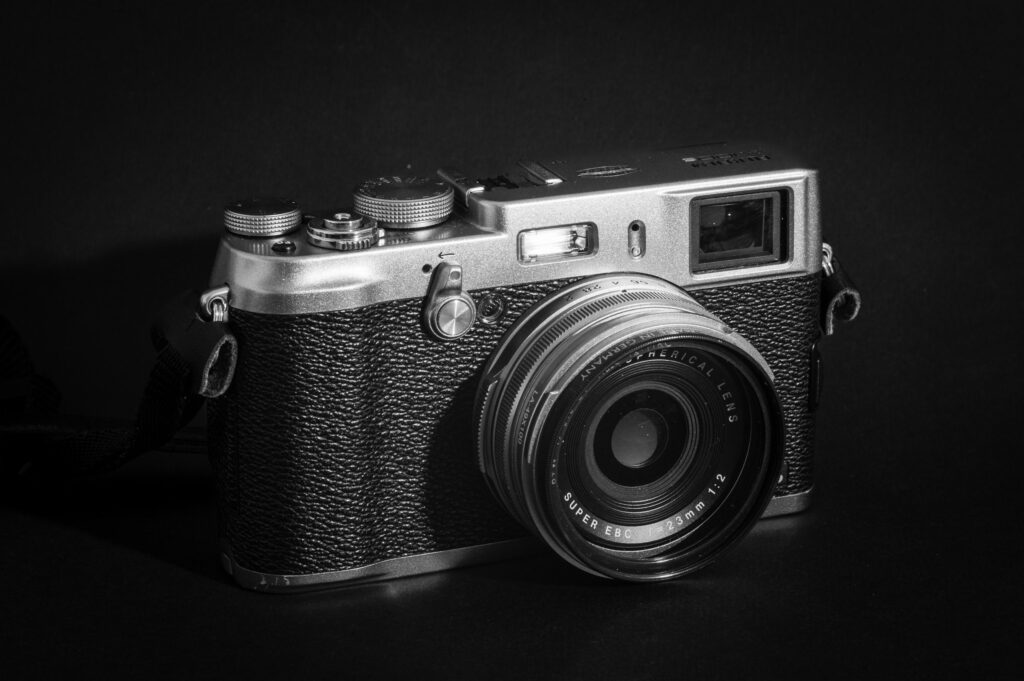
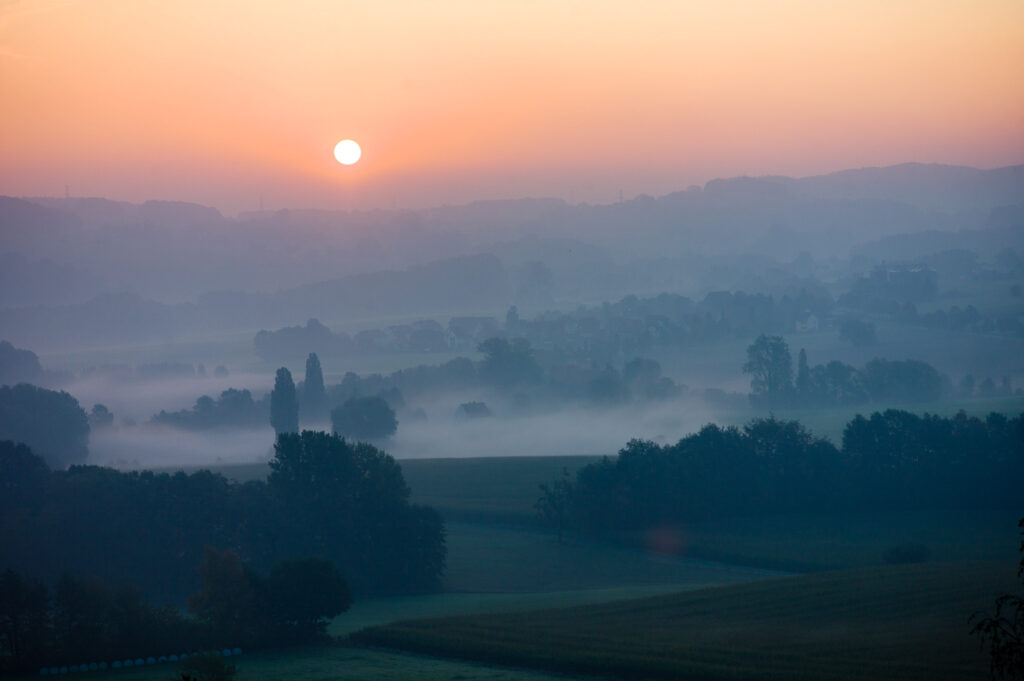
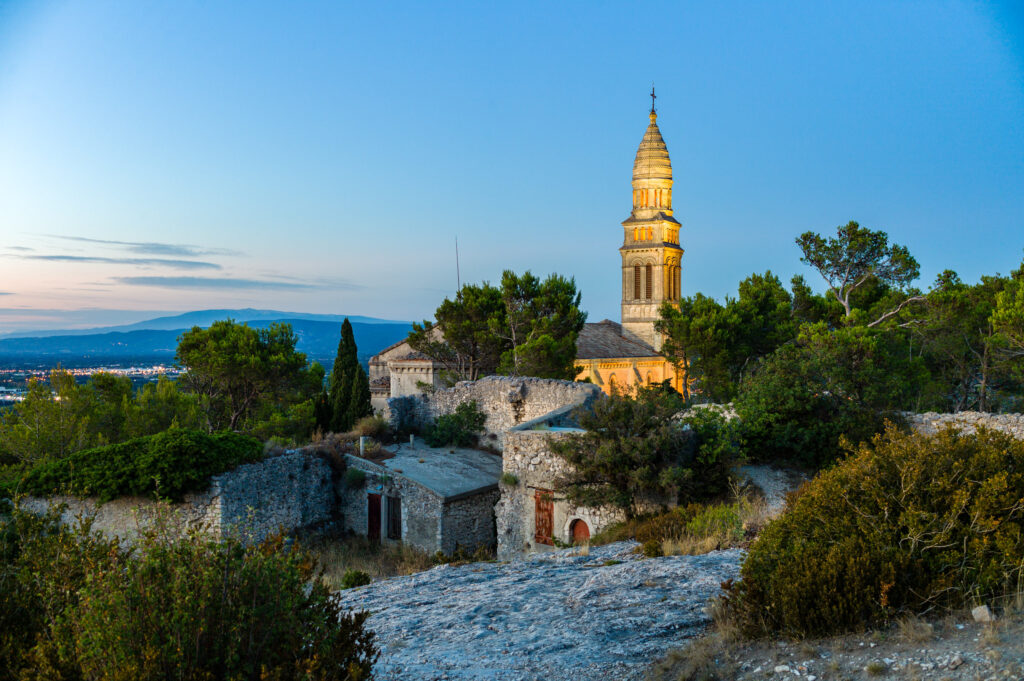

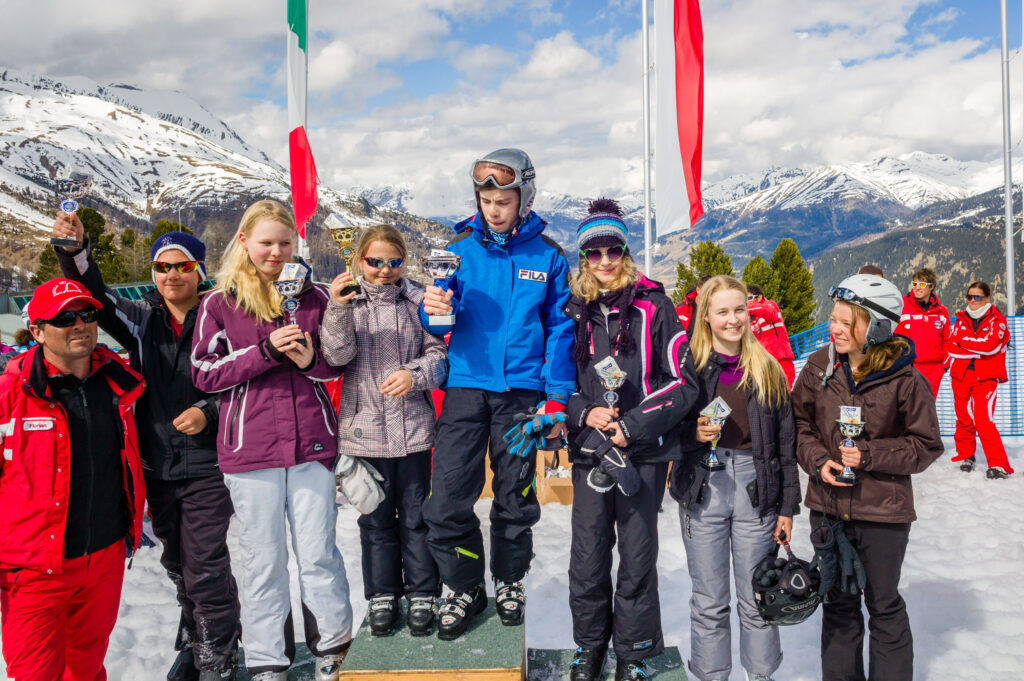
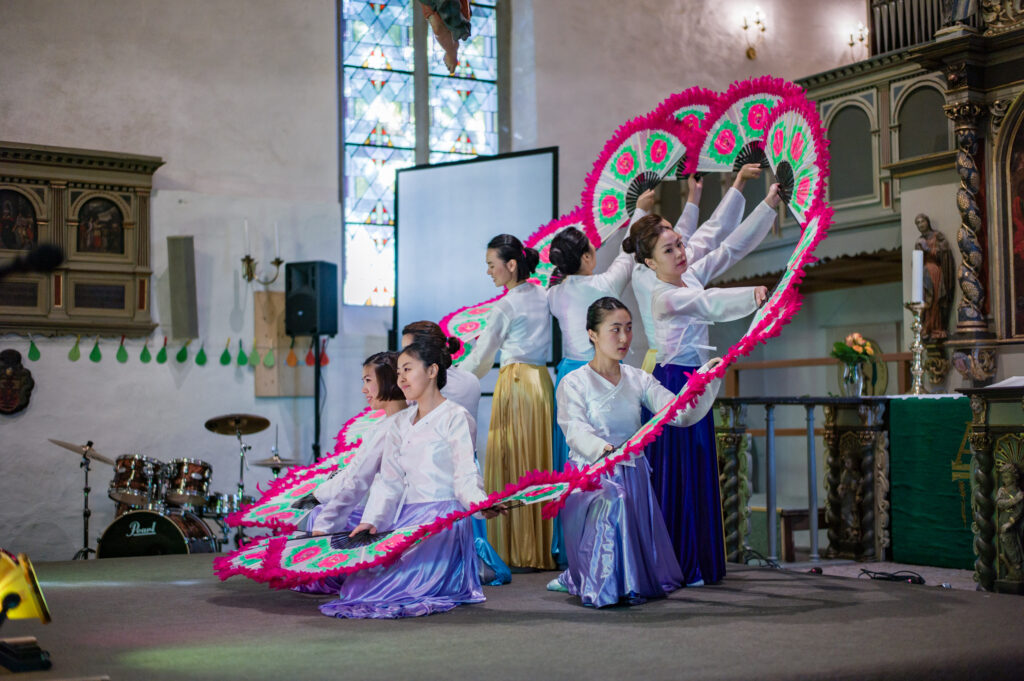


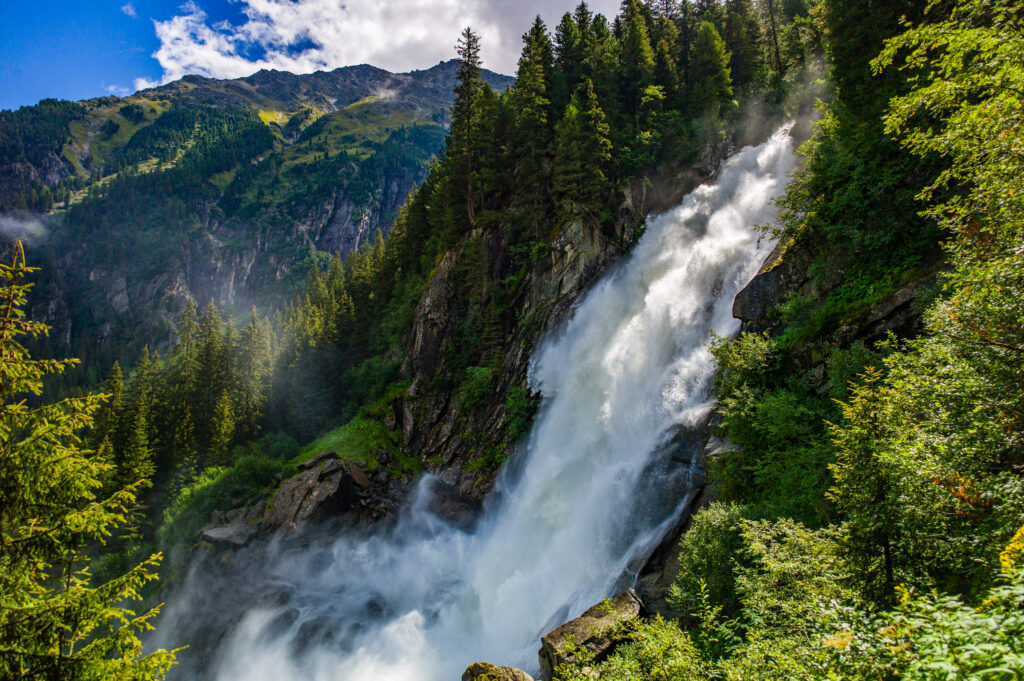
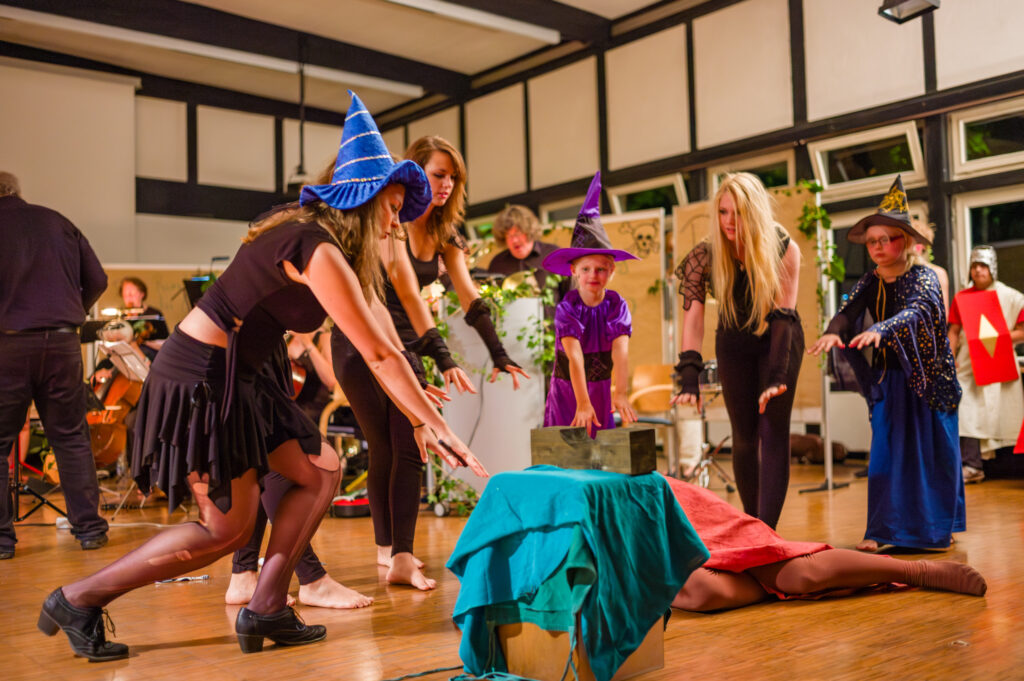
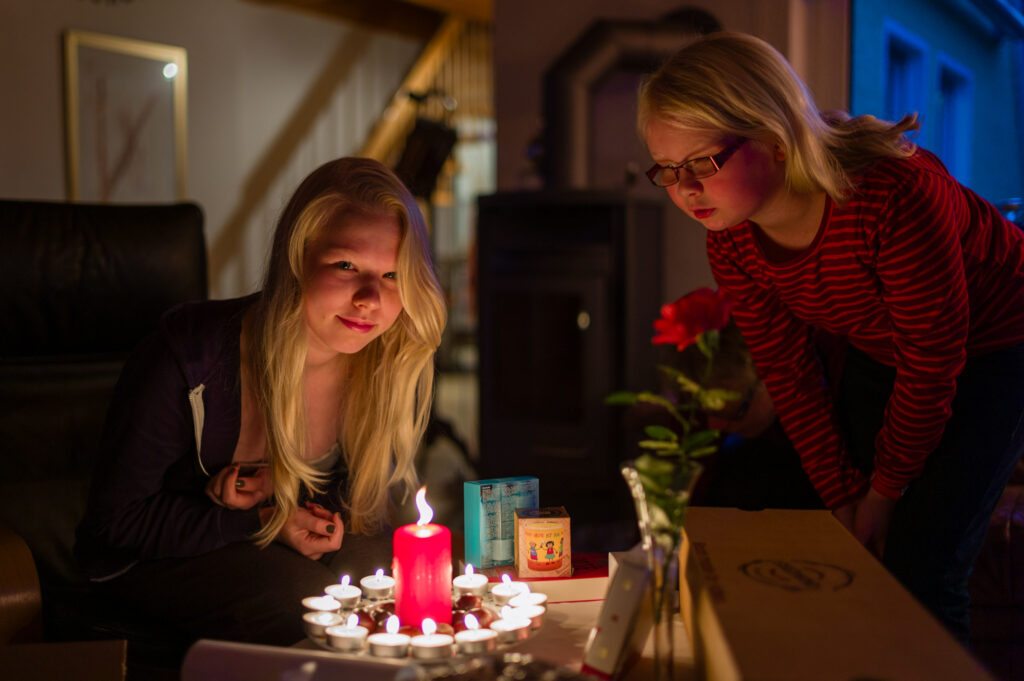







Many thanks for this tour d‘horizon of the addiction to the M system
Nice Article, Claus and thanks for sharing.
Though I never owned one, It was the M9-P which started my Leica M addiction. I dreamed of owning one of these cameras from the moment I first saw it. I bought the first generation Fuji X100 and later the X100-T which was much better and called it my Leica-Look-Alikey.
Still lusting after an M, I finally made the transition in 2017 and traded in all my professional Canon equipment (2 bodies, 5 L-series lenses) and a bunch of other stuff and purchased a new M240. The rest as they say is history.
Lovely pictures and rich colours from that M9/summicron combo. I can see why people love that CCD sensor but I agree you can also tease these colours out of the other Ms.
I particularly liked the photos of the Tom Simpson memorial. I was lucky enough to meet Joanna Simpson, his daughter who was standing by the memorial when I cycled over Mont Ventoux with some friends from my club. She was canvassing opinion from different cyclists about which marble would look the best in an upgrade to the steps. This was being sponsored by Rapha, but it was her who made the decision based on input from people she spoke to. One of my good friends was riding a Tom Simpson replica bike, complete with the same gearing he used back in the day. That, as you might imagine went down exceptionally well.
Kind regards,
Röd
Hi Röd,
really a wonderful coincidence to meet Joanna Simpson at the Memorial! I would have loved to have been there.
And as I said to the others, many of us have made a similar journey to rangefinder photography and have not regretted it.
Thank you for your nice comment!
Loved reading the article but especially loved seeing the images. Real slices of everyday life and many with the charm of a carefully observed moment that somehow makes me feel at the scene.I don’t have a digital M body yet ( still hanging on to my M6TTL ) but this sure makes me want one!
Hi Stephen,
Thanks for your appreciation of the pictures!
The years with the M9 are actually some of the most productive I’ve ever had and the M9 has given me a corresponding number of “keepers”.
But with your M6TTL you have a device that is also capable of achieving amazing results, I have one myself and still use it today as an alternative to the M11. Analog is still something special and a good negative scan (e.g.Silbersalz) can compete with the dynamics of the most modern sensors.
Hi Claus, what a wonderful story – beautifully written and illustrated. It was a very enjoyable and engaging read. The shots you took wide open with your 50mm Summilux were absolutely superb. Thank you very much for sharing it with us through Macfilos.
I took a cautious step into the Leica rangefinder world about a year ago, with a used M240, not knowing whether I would like it or not. It has been a very enjoyable experience and added a new dimension to my photography interests. I would encourage any readers tempted to try rangefinder photography to take a big gulp and go for it!
Thanks again, Keith
Dear Keith,
Thank you for your kind words about the pictures and article!
I totally agree with you: working with a rangefinder camera is something special – but of course it doesn’t have to be for everyone.
But if you love manual and have the opportunity to try it out, you should go for it!
Great reading, and (like Brian), much personal identification as well. For me, photography started in the late 1950´s with occasionally borrowing my dad´s Balda Juwella 6×9 folder; my own first ”serious” camera was a Minolta SLR, followed by a couple of Leicaflexes, a couple of Hasselblads, and a Rollei SL66. And… an M9 with a Rigid Summicron 50, which just grew on me after a while.
Then, digital. A few early, quite abominable contraptions were soon followed by Canon and Nikon dSLR´s. Until I found the incredible Leica Digilux 2, which took over completely for several years (still have it…). The M8 was noticed, but obviously not ready yet, so I never looked much at it.
But, that M9! A horrendous lot of money, but I still had the lenses for my M2, and the M9 was just what I had fancied: a M2 with a digital sensor instead of film, but no frills, functions or follies! I quickly ran a few rolls through the M2, just to make certain I could still focus a RF camera.
Then, there was already a long line at my dealer´s, all eagerly waiting for their M9´s, and I was last in that line…. Finally, one of the first days of February 2010, I got the call, and ran to collect MY CAMERA! Less than one week before our annual ski holiday i North Sweden…
And, that M9 is still my daily companion, more than fourteen years later. I´ve added some newer lenses, but also realized just how GOOD some of my cheaply bought and heavily used oldies actually were: that 8-elements Summicron 35 V1, or the dilapidated, but still haze-free ”thin” Tele-Elmar 90 are still in my daily bag.
A M9 Monochrom was bought a few years later, and is the only real rival to the M9. Both have new sensors, and both still work well; I sincerely hope they will last for my remaining years (I´m 82)!
Claus, I feel you really hit the mark in stressing the ”three-dimensionality” of the pictures produced by these Leicas and lenses; that very thing is one important reason why I keep using these veterans to this day. I do own a decent Fuji outfit for special purposes (closeups, long lenses &c…), but the images are just FLAT in comparison. Leica rules!
Hi Per,
when I reviewed M9 DNG’s for this article, I was again amazed by the image quality of the DNG’s, which had been so badly criticised by many so called experts at the time.
Obviously they had no idea what they were talking about.
Even today, you can still produce results with an M9 that are not inferior to those from contemporary devices.
Continue to enjoy your M9!
.
These DNGs – the photos above – have you wound up the intensity of the colours ..either in the camera, or when ‘processing’ them on a computer? Because, for me, the colours of most of them are so intense that they detract from the content of the photos ..I mean whatever’s in the actual pictures themselves.
The only exception, really, is ‘During a hike’ ..which seems to have pastel colours instead of the vivid intensity of most of the others. In other words, I’m looking at – and empathising with – the girl in the photo, rather being sidetracked by the gobsmacking brilliance of the colours.
‘Strong light on the island of Sylt’ is another lovely pic in which my eyes look at the people and their surroundings, rather than being caught by the vividness of the photo. ‘In South Tyrol’ smacks me in the eyes with such vivid blasts of colour that the people don’t seem to be the subject of the photo, so much as the super-vivid shrubbery.
The picture in which the vividness does work – for me – is ‘Camping in the Provence’ ..perhaps because of the darkened corners, so I really look at the central caravan .. and if I turn up the brightness on my screen I really enjoy the all-embracing glowing forest surrounding the caravan and the people.
The picture which I enjoy most is ‘The artist at Les Baux”, because of its timelessness and its serenity, and just the teeny hint of sharp, vivid colour on his canvas.
But do tell me: are these photos ‘straight out of camera’, or has the colour intensity been boosted in Lightroom, or whichever software they’ve been through?
(As for the M9 itself, it had – or has – (like the M8) that unforgivably noisy shutter – despite one of the Leicas’ main selling points being that they were supposedly so very quiet and discreet! And there’s what seems like that interminably long wait (but maybe it’s really only about three to five seconds, depending on the complexity of the image) for the picture to appear. Like sending off Kodachrome, and waiting a week for the pictures to come back!)
The M9 had its good points, but people do tend to gloss over its weak points: I really use mine now only for black-&-white photos, as it’s so ‘clunky’. Its maximum ISO sensitivity was lower, at its launch, than that of the then-current Fuji 3200 and 6400 films. And – really unforgivably! – its sensor covering became un-glued and ‘corroded’, to use Leica’s own word. I had mine changed for free, but Leica had originally insisted that customers had to actually pay for a replacement! (“Oh, no, it’s not our fault, guv”.)
It’s pleasant to look back and say “Ah, that was such a great camera” ..but those ‘M’s didn’t become really quiet again till several years later, that’s until the M10-P. Now that’s really a nice ‘M’..
Surely, this is a matter of personal taste which, in any case, tends to change over the years? These pictures are all well over ten years old, but they still delight. Until I read your comment, none of this had occurred to me. I just like the pictures. But, then, I probably don’t have your eye or your experience. Andy
“..These pictures are all well over ten years old, but they still delight..”
..Yes, as I said, I find ‘During a hike’, ‘Strong light on the island of Sylt’, ‘Camping in the Provence’ and ‘The artist at Les Baux’ all great.
I was asking a question about the ‘post-processing’ of the pictures.
“Until I read your comment, none of this had occurred to me” ..and isn’t it, perhaps, eye-opening to have new ideas occur?
Claus says that he “fell under Leica’s spell” ..I was hoping to add a little objectivity about this, er, ‘spellbinding’ camera; that besides being able to take great pictures (I took some great ones with mine, too) it was also slow, clunky, noisy, had limited ISO sensitivity, and, in many cases, the sensor failed. I just thought we should be even-handed about this.
Thanks for the article and a great series of images that took me back to memory lane. I didn’t make it to the M9 but had a M8 with 24, 28 & 35 lenses until my RF eyesight failed me and the camera and lenses had to go. I have fond memories of the M8. I didn’t go over 320 iso but that wasn’t a problem. The M8 had its quirks but it was and still is an amazing camera, bigger than my analog CL though. I now have a XVario which I love. I basically have everything I need in terms of focal length (28, 35 & 50) and the Leica colours are there. When I want to go really light I take one of my GXRs, one with the 28mm eq. lens or the 50mm macro eq. lens or the small pocketable Ricoh GRD3 or GRD4 with its 10 MP tiny CCD sensor. The low pixel count have never been a problem (10 & 12MP for the Ricoh and 16 MP for the XVario). Once one takes the Leica road …
Thanks again
Dear Jean,
thank you for your kind words and as I said in the article: The M8 is still a useful camera for many people. It’s unfortunate that the rangefinder strains your eyes, but with the XVario and the Ricoh’s you’re equipped for everything.
I’m still hesitant about going back to RF today. A used m10 p with a 28mm f. 2.8 or 5.6 relying only on zone focusing has been at the back of my mind for some time now and would prefer it to the Q or the CL with the 18mm elmarit lens. With the 28mm at f.11 and1/60 s. Set at 3 metres almost everything must be in focus from 1 or 1.5m to infinity, faster than the fastest AF. My Ricoh GXR 28 eq. lens is slower but fortunately the snap mode is there and makes it as fast as a Leica.
Hi Claus, this was an amazing treat for me to read this morning. I read it twice so far and identified so much with your journey and experiences. This article, in my opinion, is among the rarified best of the best. I was a teenager in the 60s and have had an avid interest in photography since then. One of my high school yearbooks said I would become a Playboy magazine photographer-that did not happen…C’est la vie.
I started off with a Kodak camera and eventually got the lovely Nikon FM2 with a nifty 50. I still have fond memories of that camera. It forced me to learn the technical side of photography. I always lusted for a Leica M but resisted temptation due to the stupid print media saying it was overpriced and limited on focal range. I eventually purchased a pristine used M4P with a summicron 50. I was blown away by my Kodachrome images! They had a gorgeous rendering and obvious 3D look to them. My wife blessed the image difference and further pursuit of somewhat pricey equipment.
When the M9 came out the media really criticized the hell out of it and I moved to Minolta DSLR system. I eventually drifted onto all the competent names you listed extolling the M9 and purchased one. I was astonished by the rendering of the images and treated it as a ISO 400 max camera – hey, I used to shoot with Kodachrome 25 – we are so spoiled these days with the ability of cameras and “experts” still criticize the hell out of them – especially Leica. I have recently sold my M9 but I have had a blessed journey with it and countless images that bring me joy. For me, that is the joy of photography.
Basically, use whatever camera and lens brings joy to your photography and be very careful what reviewers you place your trust in. The named mentioned in this article are trustworthy but you still must balance their view against your photography style and personal haptics in using a camera.
Hi Brian,
Thanks for your praise on the article, it was something that had been on my mind for quite some time.
I have since heard from many people that they have had similar experiences.
And I can agree on with what you say straight away: A trustworthy reviewer is ok, but you also need to know yourself what is important to you for your photography.
Thank you Claus!
I love the journey, which I often think is more interesting than the destination. These days we have endless reviewers breathlessly handing some new camera and reciting what excites them about the specification. Your journey is far more valuable in providing way points and context along the way.
I’m still standing at the edge of the “M” cliff like a novice bungee jumper. I don’t find it too hard to focus, but what I’m still troubled by is seeing a chunk of the lens intruding into the bottom right hand corner of the OVF. It’s a distraction I have yet to learn how to ignore. I imagine Cyrano may have had a similar problem…
Until then a Q3 will keep me busy.
Hi Jon,
there’s no doubt that you can get excellent results with the Q, and if you’re happy, there’s no need to reinvent the wheel.
On the other hand, shooting with an M is even more diverse in terms of options due to the choice of lenses.
With the ‘normal-sized’ lenses, the little bit of coverage in the OVF probably no longer bothers you after a short time.
As a user of Leica Digital from the M8 (then M9, M240 lately M10R) I loved your article! I miss the out-of-camera contrast of the M8/9 pictures, which I, at the time, used with Zeiss ZM lenses. Wasn’t bothered at all by the purplish rendition of black clothing under artificial light, I used the M9 for weddings with great success, all under natural light. The snobbery about having a Leica hasn’t hit me either, when people see that I’m not carrying a big zoom lens DSLR they think I’m not a “serious” photographer and mostly don’t pay me any attention (however, I have replaced the red dot on all my cameras with a black substitute). Retired from working (in Science), I now mostly take travel photos for my own enjoyment with my M10R and the 28/35/50 MATE which gets second looks from other Leica owners. More versatile, but I do miss those images from the M8/9 Kodak CCD sensor. Yes, I can mimic them in Photoshop, but that immediate gratification out-of-camera is missed.
Hi Rick,
When I had the first DNG’s of the M240 in LR, I was initially disappointed at how ‘flat’ they were. But after a short period of getting used to it, I figured it out and achieved my usual results.
Nevertheless, when I looked at some DNGs from the M9 again in LR for this article, I was amazed anew at how little post-processing they required.
And like you, I’ve always benefited from the fact that the camera is so unobtrusive and creates rather nostalgic, positive feelings.